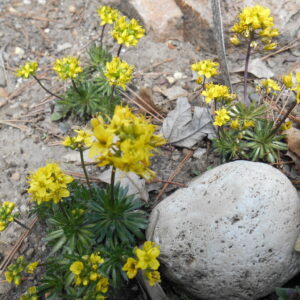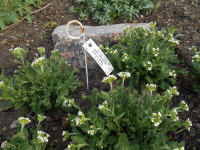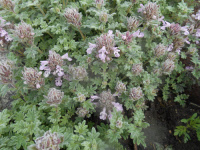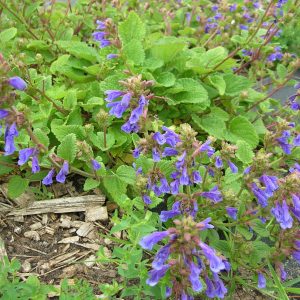Shop
Showing 265–272 of 788 results
-
Draba aizoides Yellow Whitlow grass Z 3-8
Tiny yellow flowers in very early spring over succulent, evergreen cushions
OUT OF STOCK
Tiny yellow flowers in very early spring over succulent, evergreen cushions.
Size: 1” x 1”
Care: Full sun in well-drained soil.
Native: EuropeListed in Sanders’ Flower Garden, published in 1913 where it is described as “dwarf, compact-growing alpine, suitable for growing on old walls or on dry, sunny rockeries.” Draba is the classical Greek name for this plant – poultice said to remedy lesions on fingers
-
Draba ramosissima Branched draba Z 5-8
Spring to early summer white clusters
ARCHIVED
Note: This is a plant not currently for sale. This is an archive page preserved for informational use.
Spring to early summer white clusters held above the spider-like foliage on wiry stems.
Size: 6-12” x 12-15”
Care: sun to part shade in moist well-drained soil
Native: Appalachian Mountains in SE USCollected by 1815.
-
Dracocephalum botryoides Dragonhead Z 4-7
Fuzzy, grey, deeply divided foliage with baby pink blossoms in May-June
OUT OF STOCK
Fuzzy, grey, deeply divided foliage with baby pink blossoms in May-June
Size: 5” x 18”
Care: sun to part shade in well-drained soil
Native: Caucasus on rocky, stony slopes, and screes where it is now endangered.
Wildlife Value: provides nectar and pollen for bees1st described in 1812. Dracocephalum means “dragonhead,” referring the shape of the flower.
-
Dracocephalum grandiflorum Bigflower dragonhead Z 3-8
Intense blue hood-shaped flowers in summer
OUT OF STOCK
Intense blue hood-shaped flowers in summer
Size: 6”x 8”
Care: full sun in moist, well-drained soil
Native: SiberiaDracocephalum is Greek meaning “dragonhead” referring to the shape of the flower. Introduced to gardens by 1759. Grown in American gardens since 1850’s. William Robinson, father of the mixed perennial border, described this as “very dwarf” having “large clusters of intensely blue flowers.” Sanders considered it an “excellent plant for a sunny rockery.” 1913.
-
Dracocephalum rupestre in China mao jian cao Z 4-8
True deep blue, hooded flowers rise above heart-shaped, crinkled foliage in the heat of mid-summer
OUT OF STOCK
True deep blue, hooded flowers rise above heart-shaped, crinkled foliage in the heat of mid-summer
Size: 12’ X 12”
Care: sun to part shade in well-drained to moist well-drained soil
Native: Western China in alpine meadows and grassy slopesChinese made a tea from this. First named in the West in Journal of Botany, British and Foreign, 1867 Vol7 p. 166. Dracocephalum means “dragonhead” in Greek.
-
Dracocephalum ruyschianum Northern dragonhead, Siberian dragonhead Z 4-8
Mound of deep sky blue, snapdragon-like flowers, July-September over narrow rosemaryish leaves
ARCHIVED
Note: This is a plant not currently for sale. This is an archive page preserved for informational use.
Mound of deep sky blue, snapdragon-like flowers, July-September over narrow rosemaryish leaves.
Size: 12- 18” x 12-18”
Care: sun to part shade in well-drained to moist well-drained soil
Native: China
Wildlife Value: Deer resistantCollected before 1753. Dracocephalum means “dragonhead” in Greek.
-
Dryas drummondii Drummond’s mountain avens, Yellow mountain avens Z 3-9
Mat of leathery, wrinkled, creeping foliage, glossy green turning bronze in fall, oval with rounded teeth. From May through July leafless, erect flower stems rise 4-8” above the ground-hugging leaves, with nodding 8 to 10 buttercup yellow petals emerging from a fuzzy, decorative cup.
OUT OF STOCK
Mat of leathery, wrinkled, creeping foliage, glossy green turning bronze in fall, oval with rounded teeth. From May through July leafless, erect flower stems rise 4-8” above the ground-hugging leaves, with nodding 8 to 10 buttercup yellow petals emerging from a fuzzy, decorative cup.
Size: 6-10” x 12-24”
Care: sun in well-drained soil. Drought tolerant
Native: Alaska south to Washington east to Montana, most of Canada1st collected in seed by Sir John Richardson (1787-1865) Scottish naturalist on Franklin’s 1st overland expedition to the Arctic coast, 1819-1822. Franklin called the expedition “disastrous” but went again. Both Richardson and Thomas Drummond (1793-1835) collected this in seed and flower on Franklin’s 2nd overland expedition to the Arctic coast. (1825-1826) It is named to honor Thomas Drummond at Richardson’s request. Curtis’s Botanical Magazine v. 57 ser. 2 (1830). Richardson then led a 3rd expedition searching for Franklin’s last Arctic expedition, finding no trace of the lost ships or men.
-
Dryopteris filix-mas ‘Parsley’ Male fern Z 4-8
Spring fiddleheads are followed by crinkled ferny leaves resembling parsley on arching stems on this small fern.
ARCHIVED
Note: This is a plant not currently for sale. This is an archive page preserved for informational use.
Spring fiddleheads are followed by crinkled ferny leaves resembling parsley on arching stems on this small fern.
Size: 2’ x 2’
Care: shade to part sun in moist well-drained soil, tolerates clay
Native: Europe and North America
Wildlife Value: provides shelter and habitat for birds and bees, Deer & rabbit ResistantDryopteris filix-mas collected before 1834, Victorian cultivar.

